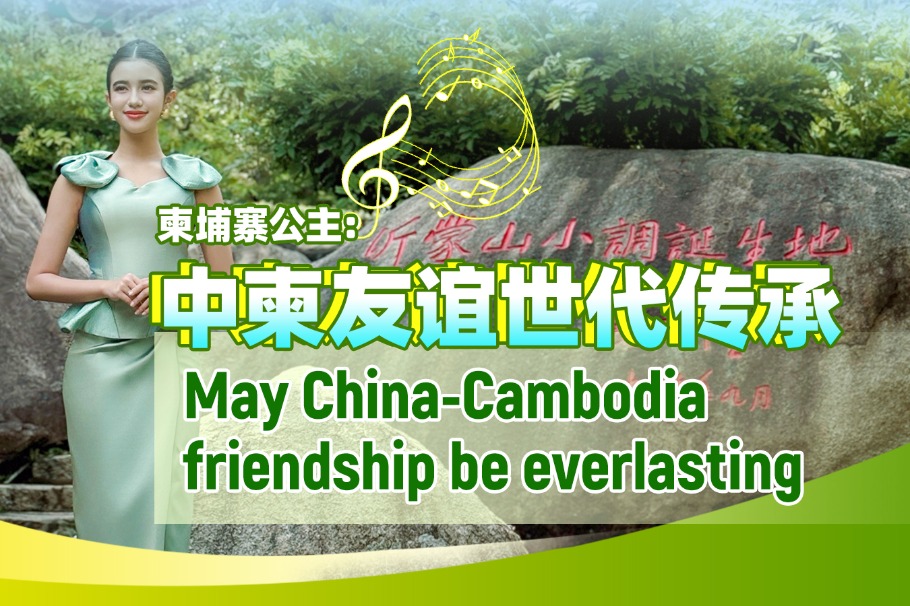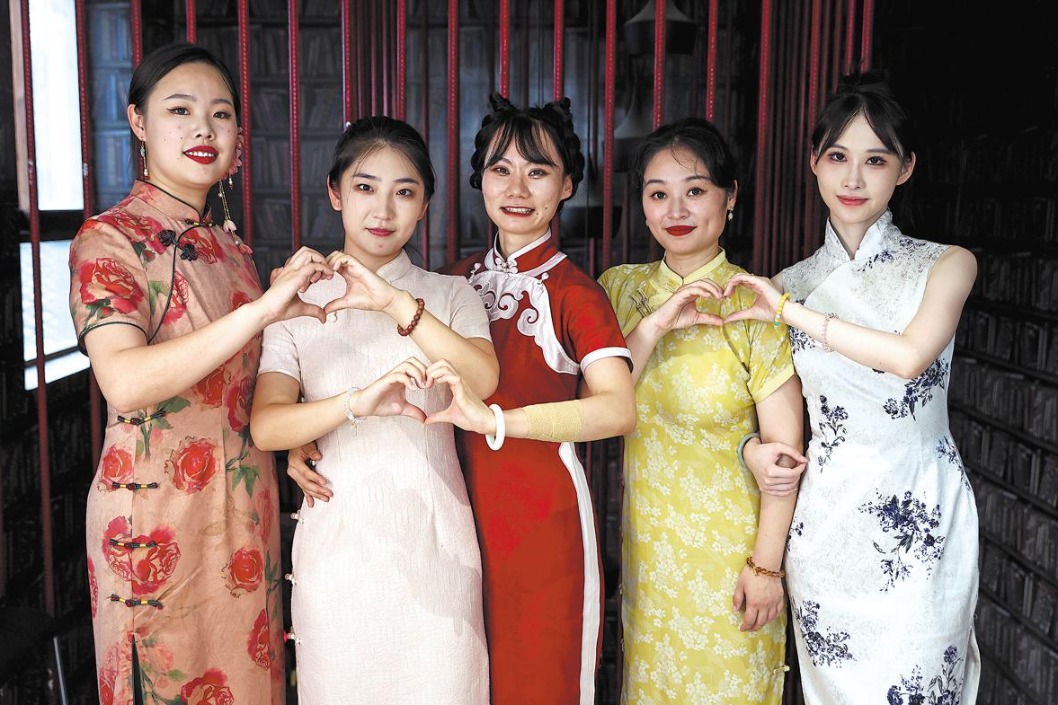What's on

Figures from history

In an increasing middle-class community, the Ming (1368-1644) and Qing (1644-1911) dynasties saw rising demand for figure paintings that depicted family life and conveyed cultural values and moral beliefs. Such paintings at the time were roughly categorized into three themes: paying tribute to ancestors, hailing harmony among family members and commemorating social activities, and preserving core values embodied in social customs. Family Harmony, an exhibition on now at the Long Museum in Shanghai, examines the roles of Ming and Qing figure paintings in carrying forward values and cultural traditions to future generations. Paintings shown at the exhibition, which runs until March 7, are from the collections of the Hunan Provincial Museum in Changsha and Changsha Grand View Culture Gallery.
10 am-6 pm, Tuesday-Sunday. 3398 Longteng Avenue, Xuhui district, Shanghai. 021-6422-7636.
Philosophical movements

The Chinese dance drama, Confucius, will be performed by the China National Opera and Dance Drama Theater. Directed and choreographed by Kong Dexin, a 77th-generation direct descendant of Confucius (551-479 BC), the dance drama tells the story of the legendary Chinese philosopher as he travels through 14 states with his students, disseminating his ideas. Since its premiere in 2013, the dance production has toured globally.
7:30 pm, Jan 30 and 31. National Center for the Performing Arts. No 2 West Chang'an Avenue, Xicheng district, Beijing. 010-6655-0000.
Art of the people

The patterns found on folk art, and their symbolic meanings, embody values which have evolved over a long time-in some cases, since the dawn of human society. They represent shared beliefs among people, especially when marking special occasions. The Yan Huang Art Museum is showing its collection of folk-art objects, including embroidered textile pieces made by housewives, paper-cuttings by prominent folk artists and woodblock Spring Festival paintings produced at time-honored studios across the nation. The exhibition, which runs through March 1, shows the vibrant, bold palette of folk art, and the simple forms and shapes that deliver a primitive beauty and their profound cultural meanings. These objects stand as testimony to distinctive cultures ranging from one place to another, while reflecting common values held dear by generations of Chinese over the centuries.
9:30 am-5 pm, closed on Monday.9 Huizhonglu, Yayuncun, Chaoyang district, Beijing. 010-6491-2902.
Violin delights
Under the baton of conductor Sun Yifan, the China NCPA Orchestra will give a concert featuring programs including Georges Bizet's "Farandole" from L'Arlesienne, Suite No 1 from Pyotr Ilyich Tchaikovsky's The Nutcracker and excerpts from the violin and orchestra suite, The Journey to Xinjiang, by composer Du Mingxin. Violinist Dou Congcang will participate in the performance.
7:30 pm, Jan 27. National Center for the Performing Arts. No 2 West Chang'an Avenue, Xicheng district, Beijing. 010-6655-0000.
Today's Top News
- China to open its door to foreign investment wider
- China criticizes Canadian tariffs on products containing Chinese steel
- US legislative chaos undermines its democracy
- Why China is irreplaceable in supply chain
- China's FDI inflow tops $700b since 2021
- Australia, China set to bolster steel partnership






























